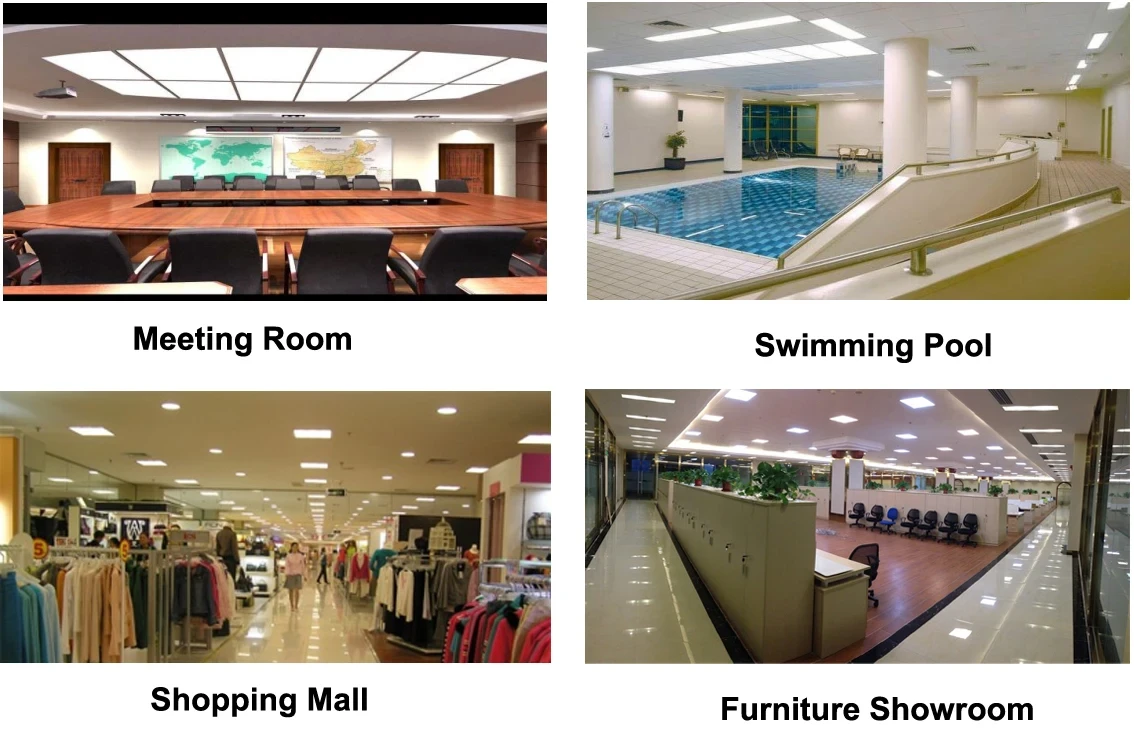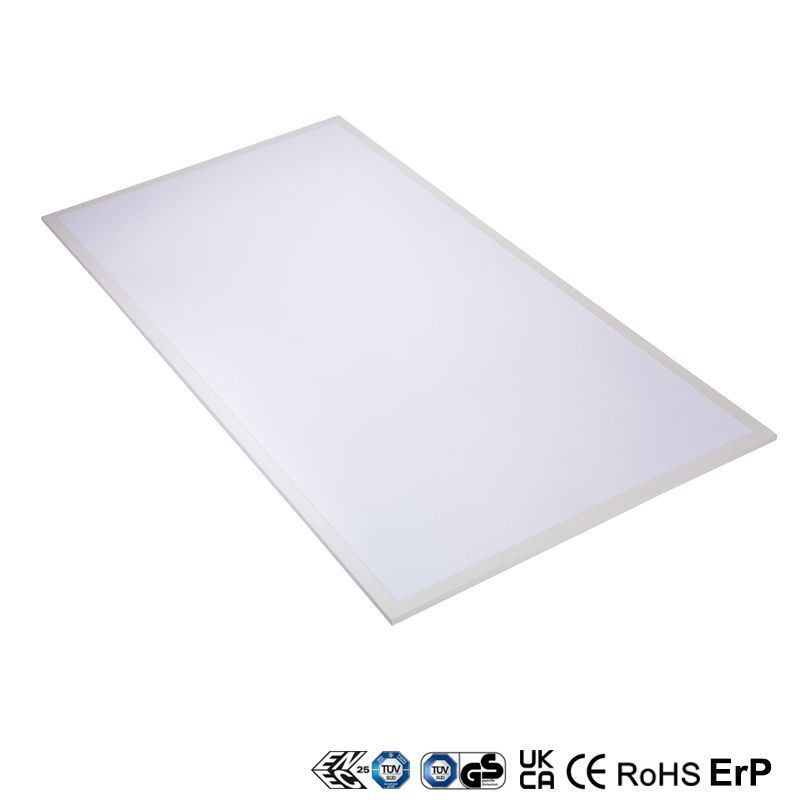In the world of LED lighting, the term "UGR" is frequently mentioned when discussing LED panels. UGR stands for Unified Glare Rating, and it plays a crucial role in assessing the visual comfort of lighting installations.
Unified Glare Rating (UGR)
UGR stands for "Unified Glare Rating." It is a standardized metric used to measure and assess the level of discomfort caused by glare in indoor lighting environments. This rating helps in evaluating the visual comfort of lighting installations and plays a crucial role in lighting design and architecture.
The purpose of UGR is to provide a quantitative measurement to help lighting designers, choose the right lighting solution for different interior spaces. It helps to ensure that occupants feel comfortable with the lighting, especially in areas where people work or spend long periods of time.
Factors Affecting UGR in LED Panels
To achieve lower UGR values in lighting design, various factors come into play, such as the design of the LED panel, the use of high-quality diffusers, the beam angle of the light, and the spacing and placement of luminaires.
LED Panel Design: The arrangement and positioning of LEDs on the panel influence the distribution of luminance and, consequently, the UGR rating.
Optics and Diffusers: High-quality diffusers can help distribute light evenly and reduce glare.
Beam Angle: Narrower beam angles may lead to higher UGR values as they create more contrast.
Mounting Height: The distance between the LED panel and the work surface affects the luminance and glare perception.
Additionally, lighting controls like dimming and smart lighting systems can help users adjust light levels to their preferences, contributing to reduced discomfort and enhanced visual comfort.
Importance of UGR in LED Panel Lighting Design
Achieving optimal visual comfort is a primary goal in lighting design, especially in spaces where people work or spend extended periods.
UGR helps lighting designers and architects choose the right LED panels to ensure adequate lighting without causing discomfort to occupants.
UGR values range from 5 to 40, with lower values indicating better visual comfort.
UGR < 10: Negligible glare. Suitable for spaces requiring high visual comfort, such as offices, libraries, and educational institutions.
UGR 10-19: Low glare. UGR<19 LED panel light is appropriate for general lighting applications in commercial and retail settings.
UGR 20-22: Moderate glare. UGR<22 LED panel is acceptable for spaces with limited task duration, like corridors and warehouses.
UGR > 22: High glare. UGR above 22 indicates high glare, which can be uncomfortable and visually impairing and are generally unsuitable for most indoor applications.
Opting for LED panels with lower UGR values not only enhances visual comfort but also improves energy efficiency. By using lighting more effectively, less energy is wasted, resulting in lower electricity consumption and reduced environmental impact.
Achieving the right balance between visual comfort and adequate illumination is crucial in any lighting design. While a low UGR LED panel is desirable for enhanced comfort, it is essential to ensure that the lighting meets the required illumination levels for specific tasks. By considering UGR ratings in lighting design, you can strike the right balance between visual comfort and illumination.







